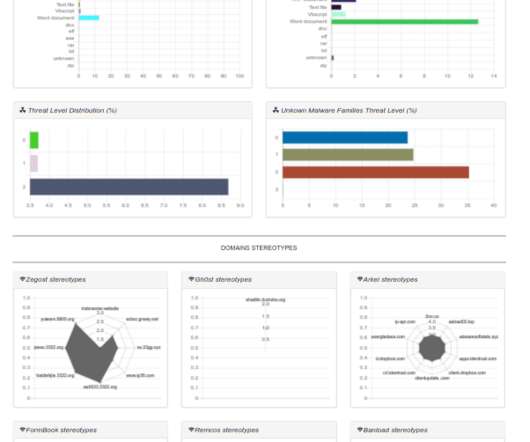Using Microsoft Powerpoint as Malware Dropper
Security Affairs
NOVEMBER 16, 2018
The downloaded file (wraeop.sct) represents a Javascript code reporting the Stage 2 of the infection process. The script downloads a file named: AZZI.exe and saves it by a new name: VRE1wEh9j0mvUATIN3AqW1HSNnyir8id.exe on a System temporary directory for running it. Stage 1: Microsoft PowerPoint Dropping Website.













Let's personalize your content